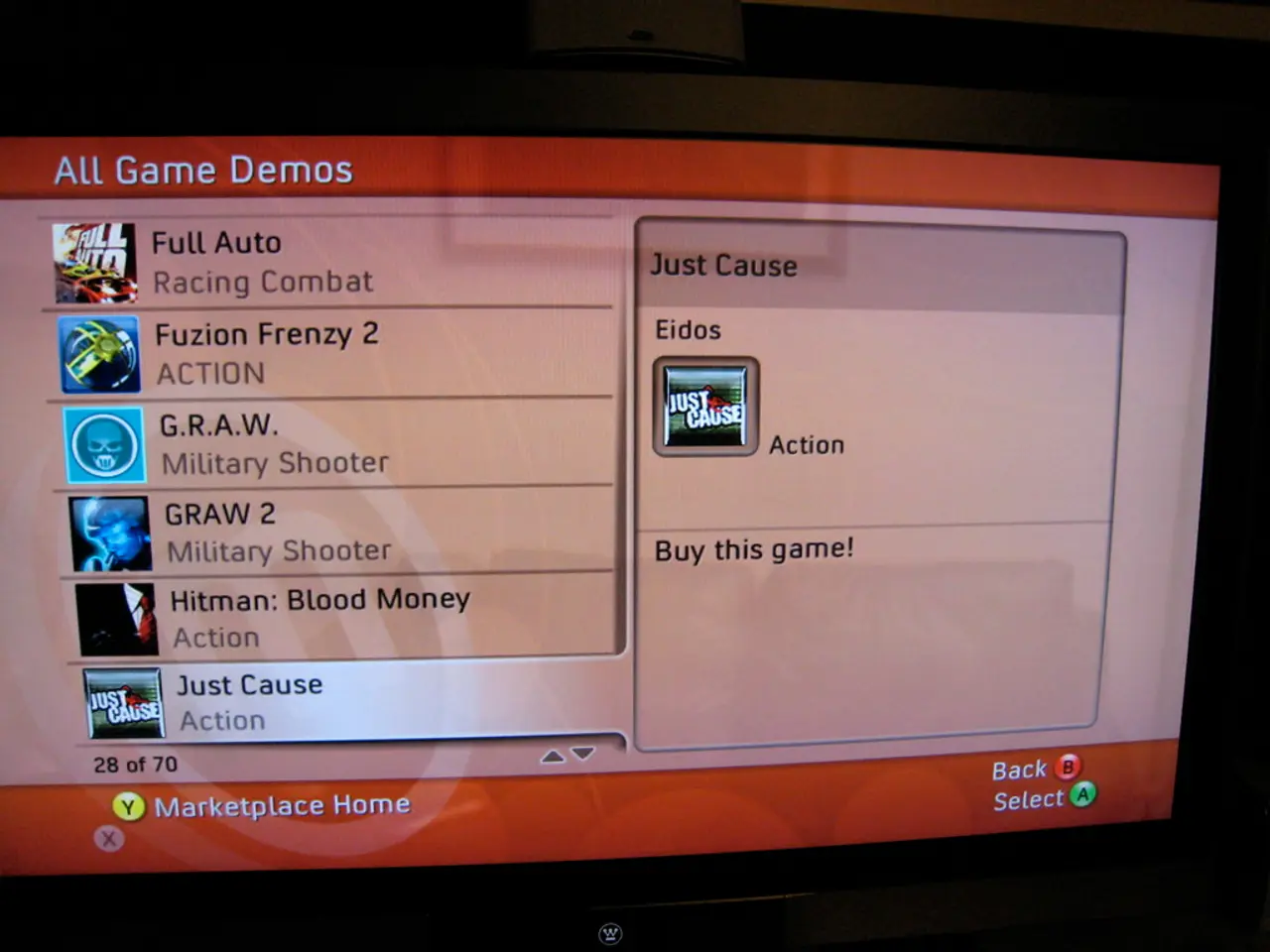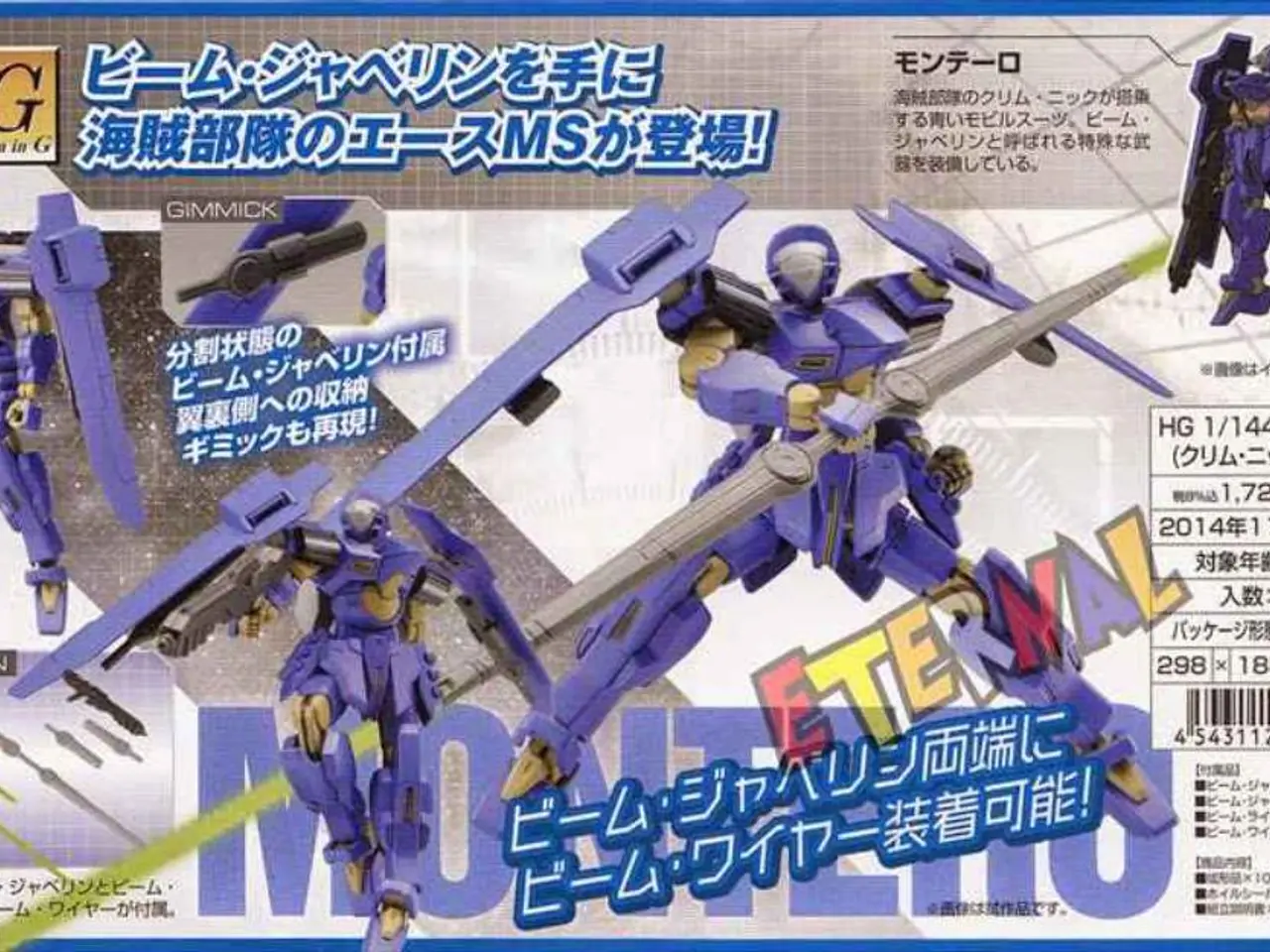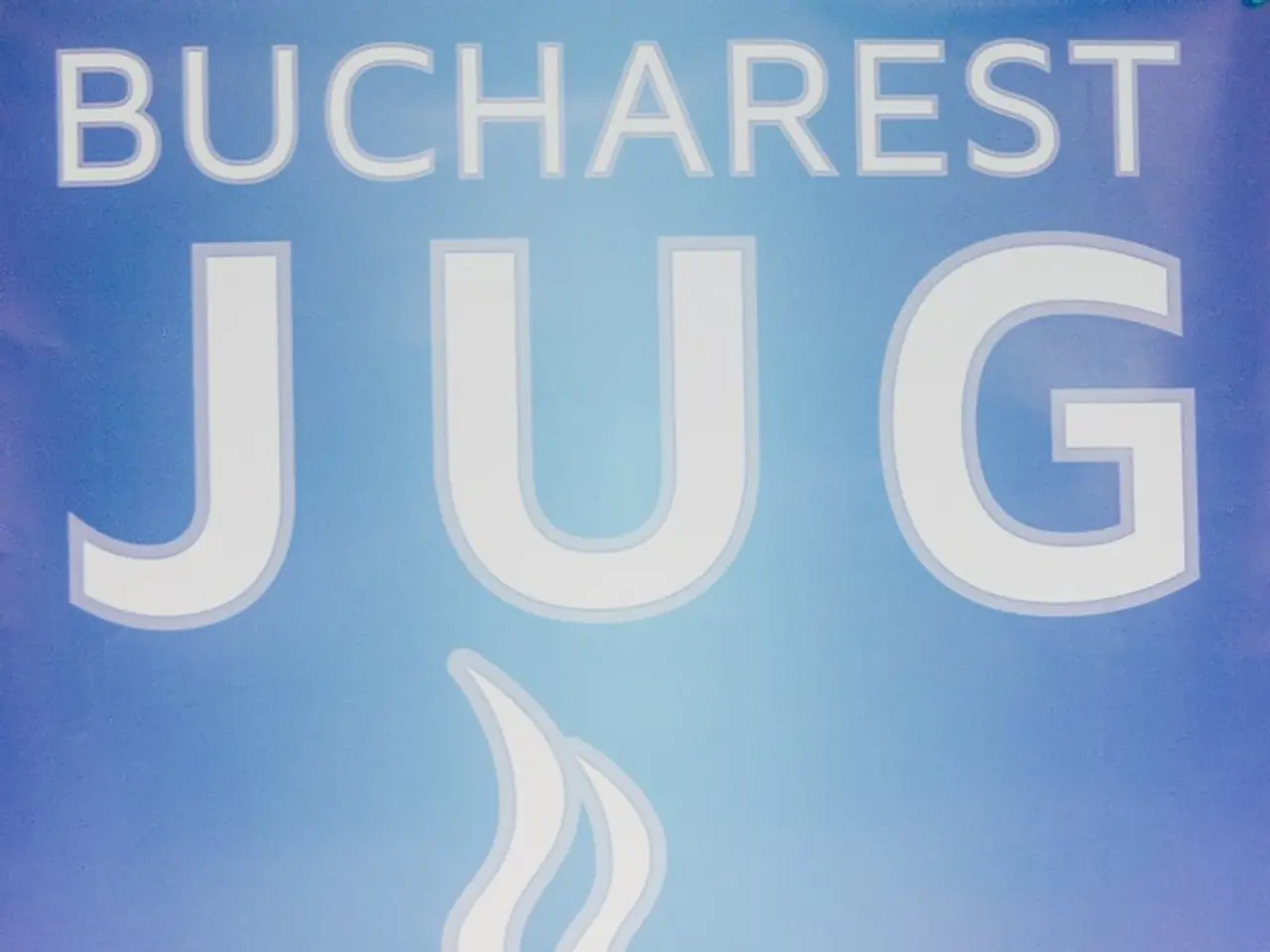Rocketbrush Studio's Method for Estimating Art Outsourcing Costs
In the ever-evolving world of video game development, the role of concept art studios is paramount. These creative powerhouses are dedicated to delivering high-quality game art that brings games to life. Here's a step-by-step guide on how to work with top concept art studios to ensure the best possible results for your project.
1. **Defining the Scope and Type of Art Needed**
To begin, it's crucial to specify the types of assets you require, such as characters, environments, or props. Additionally, clarify the number and complexity of concepts, whether simple, realistic, armored, or creature-like, and the number of variations, angles, poses, or outfits required per concept.
2. **Setting the Level of Detail and Style**
Provide references or mood boards illustrating the desired art style, ranging from cartoon to realistic or stylized. Define the level of detail required for the concept art, from simple sketches to fully rendered paintings. Mention any required art elements like lighting effects, textures, or special effects.
3. **Outlining Workflow Expectations and Deliverables**
Outline the stages you expect, such as initial sketches, refined roughs, monochromatic value studies, and final detailed paintings. State whether you expect additional services such as 2D/3D modeling, environment or character design, or animation support.
4. **Establishing Timeline and Deadlines**
Share your project schedule and deadlines to allow for realistic time estimation based on the complexity. Discuss iterations and revisions that might be needed, and be prepared for the fact that simple characters may take 1 to 3 days, while complex concepts could take several weeks.
5. **Discussing Budget and Resources**
Provide your budget or ask the studio for a cost estimate based on the scope and complexity. Discuss any available tools, software preferences, or platform requirements.
6. **Establishing Communication and Collaboration Details**
Define the point of contact and communication frequency. Specify if you will have an art director or supervisor involved. Agree on review and feedback cycles to avoid miscommunication.
7. **Signing Legal and Confidentiality Agreements**
Establish NDAs or contracts that outline ownership and usage rights before starting production.
In summary, the best estimations come from providing comprehensive details on the scope, style, complexity, timeline, budget, and collaboration expectations. This enables concept art studios to deliver accurate quotes and schedules and helps avoid surprises during production. Some studios even offer budgeting tools based on real-world experience to help refine estimates.
As you embark on your game art journey, remember that clear and detailed communication is key. The more nuances that are pinpointed before the work begins, the better the final result will be. Happy collaborating!
- In the realm of smart-home devices, integrating advanced gadgets like gadgets with facial recognition technology can significantly enhance home security systems, ensuring a safer and more comfortable living environment.
- As technology advances, the fusion of virtual and augmented reality gadgets with concept art workflows can allow game developers to experience the concept art in a more immersive manner, streamlining the approval process and facilitating better communication between studios and their clients.




